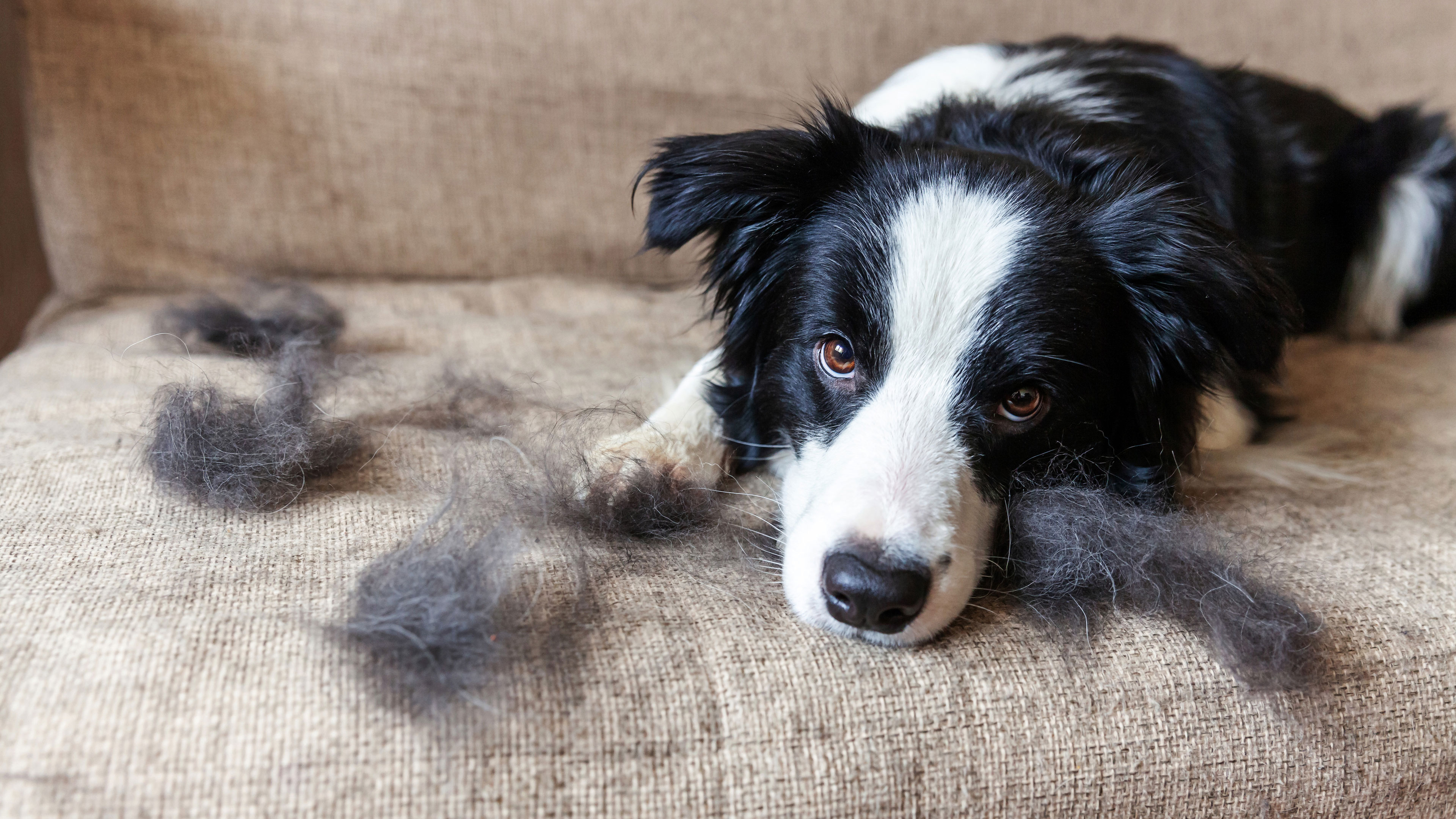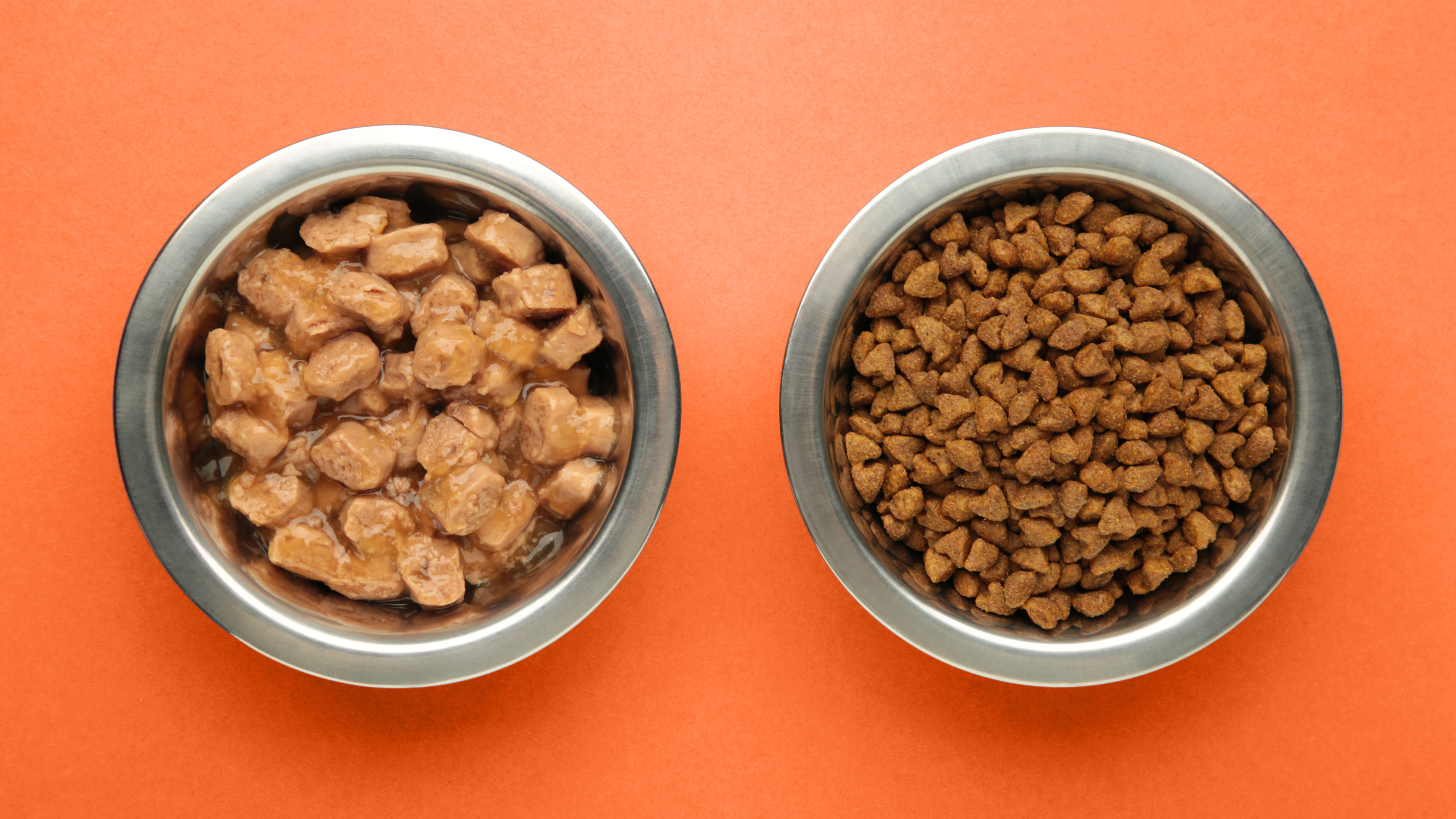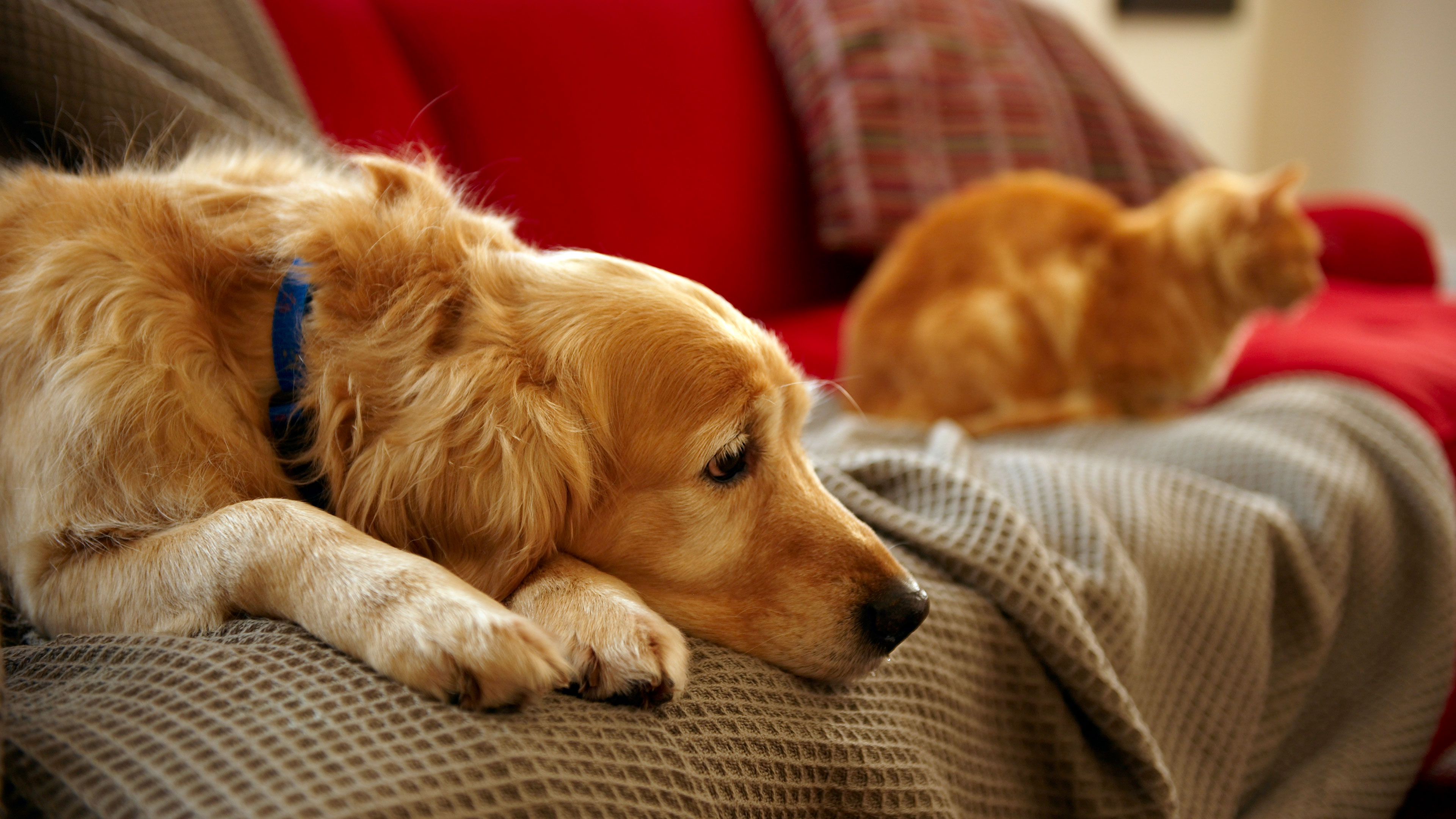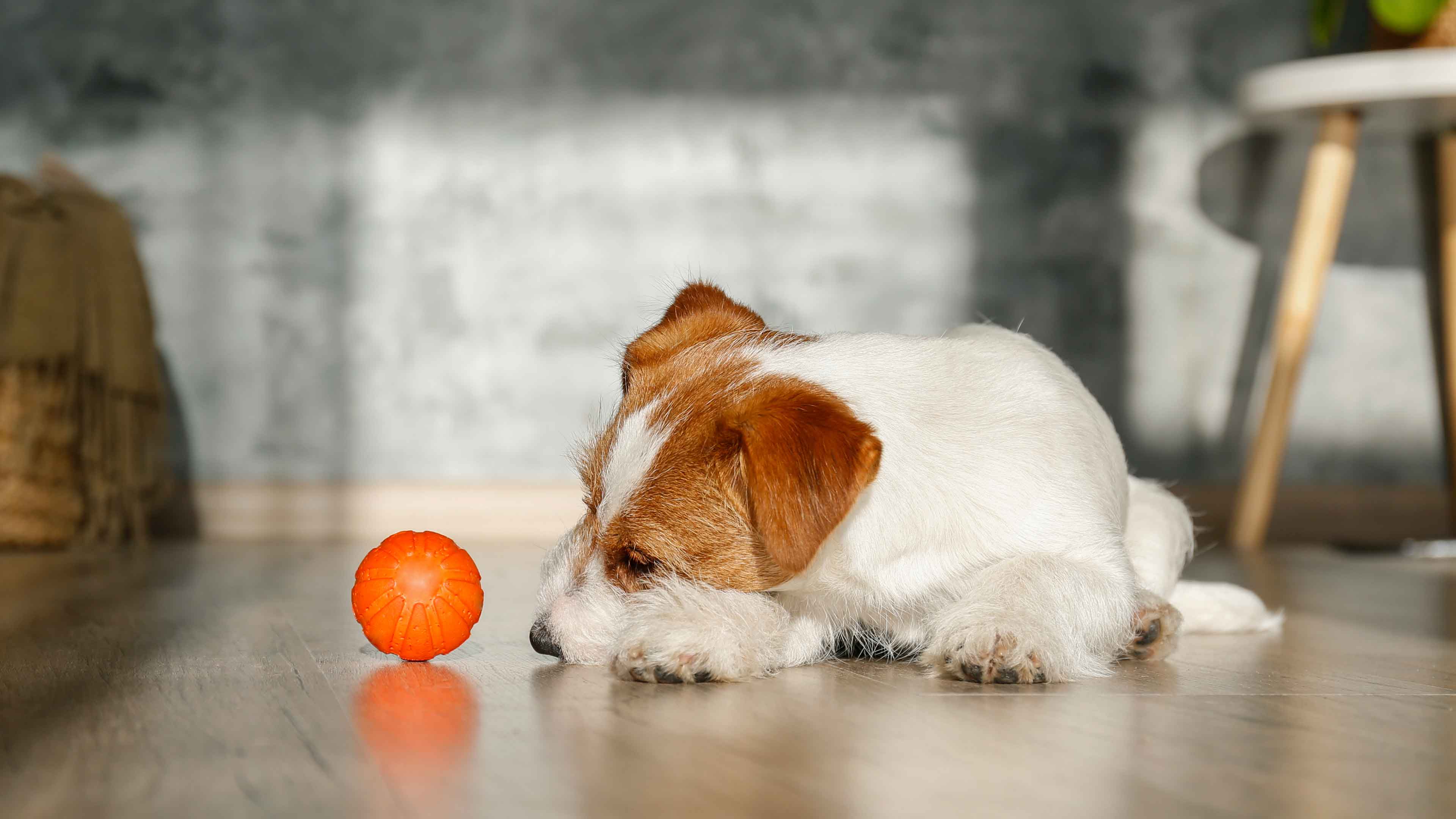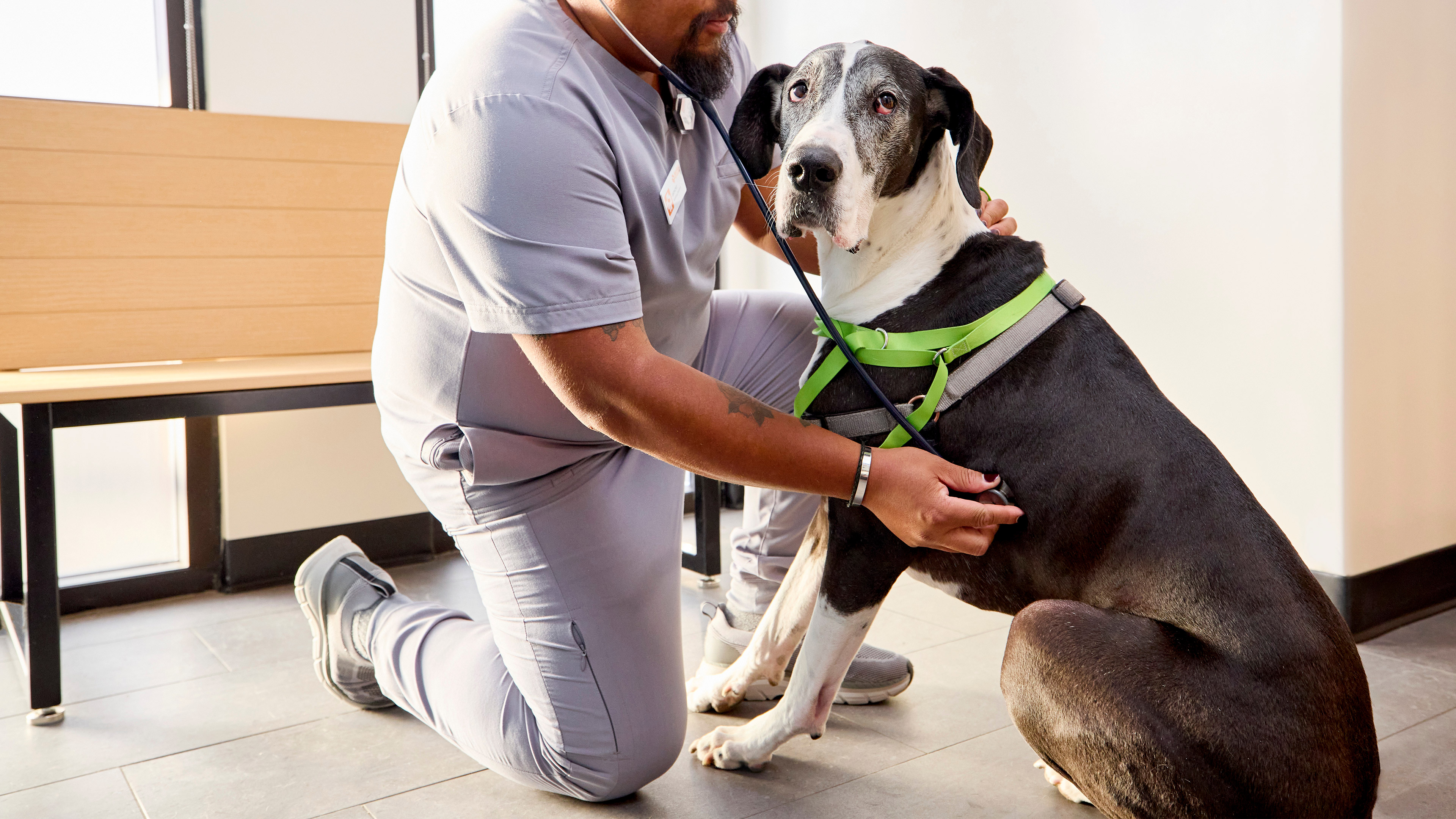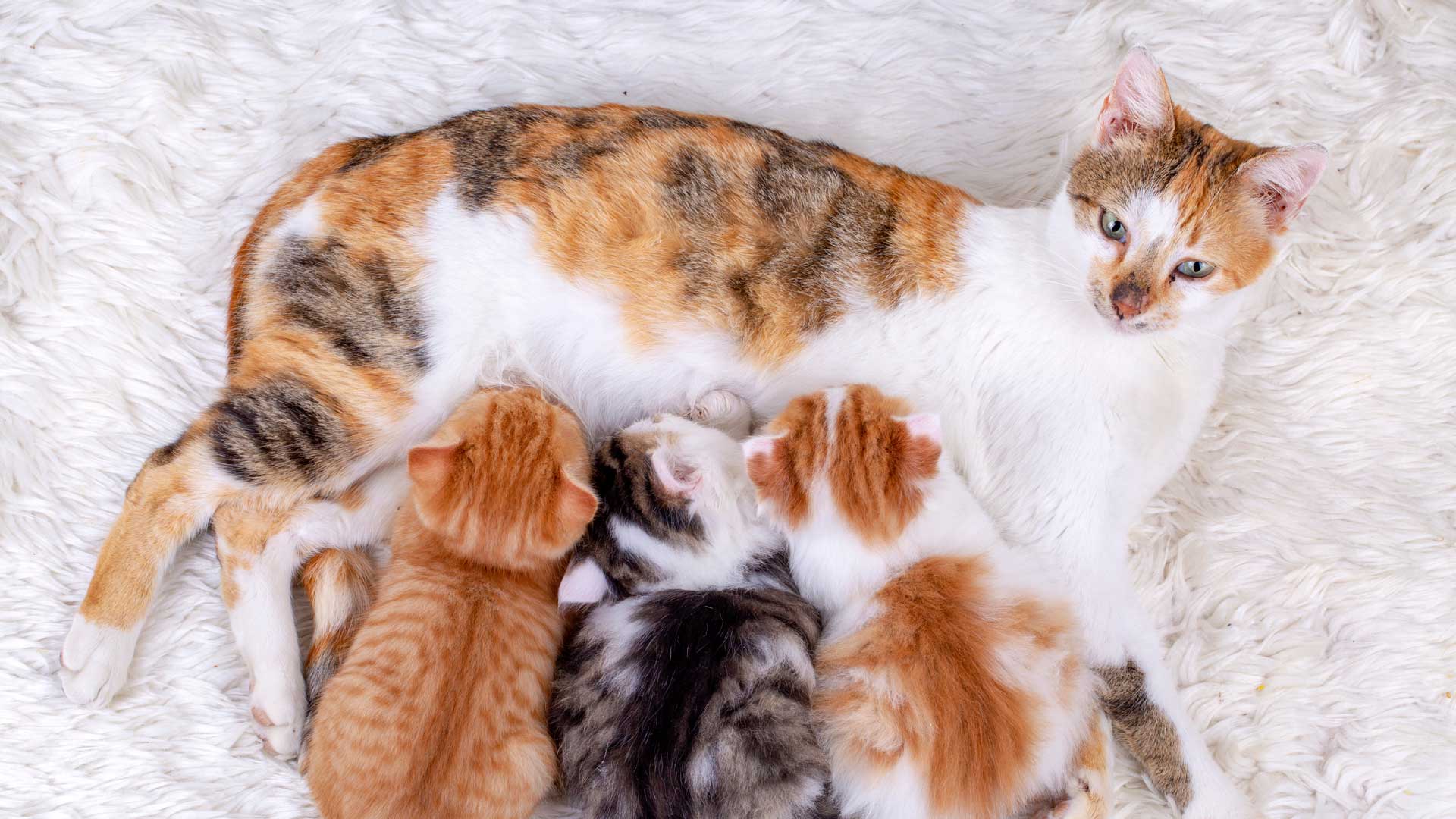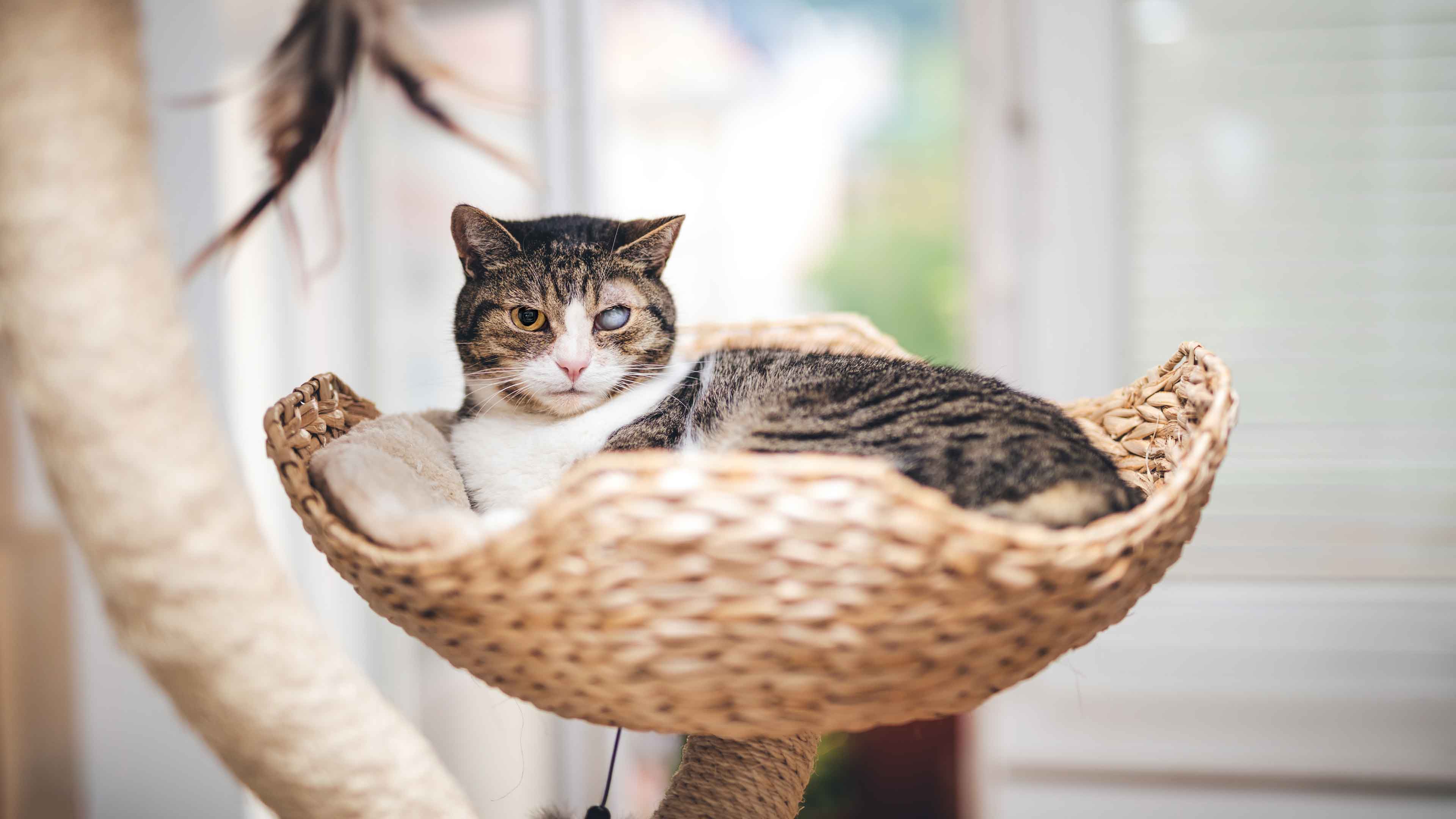shedding season: how to care for your pet’s coat in the fall
As the leaves change color and the air turns crisp, you might notice another seasonal shift happening at home: tumbleweeds of fur rolling across your floor. That’s right — fall is shedding season.
Dogs and cats often shed more heavily in the fall as they prepare for a thicker winter coat. While shedding is natural and healthy, it can leave your home (and your clothes) covered in hair. The good news? With the right grooming routine, you can keep your pet’s coat looking its best and minimize the mess indoors.
Why pets shed in the fall
Most dogs and cats have a natural shedding cycle tied to the seasons. In the fall, many animals shed their lighter summer coats to make room for thicker winter fur. This process helps them regulate body temperature and stay comfortable as the weather changes.
Of course, shedding levels vary:
- Double-coated breeds (like German Shepherds, Huskies, or Maine Coon cats) tend to shed more noticeably.
- Short-haired breeds shed, too, but often in smaller amounts.
- Indoor pets may shed year-round since artificial lighting and heating/cooling can disrupt seasonal cues.
Grooming tips for shedding season
1. Brush regularly
Brushing is your best defense against loose fur taking over your home. It also helps distribute natural oils for a shiny, healthy coat.
- Long-haired pets may need daily brushing.
- Short-haired pets often benefit from a few times a week.
- Use tools suited to your pet’s coat: slicker brushes, deshedding tools (with gentle care), or grooming mitts.
2. Bathe when needed
Bathing can help loosen and remove excess hair.
- Use a gentle, pet-safe shampoo.
- Don’t overdo it — too many baths can dry out skin and coat.
- Follow up with brushing to remove loosened fur.
3. Keep up with professional grooming
For heavy shedders, professional grooming services can make a big difference. Groomers can use deshedding treatments, trims, and high-powered dryers to reduce loose hair.
Coat care by pet type
Dogs:
- Double-coated breeds may “blow coat” in large tufts during the fall. A deshedding rake or undercoat tool is often helpful.
- Short-haired breeds still benefit from regular brushing to remove loose hair and stimulate the skin.
Cats:
- Most cats groom themselves well, but brushing helps reduce hairballs and keep fur off your furniture.
- Long-haired cats may need daily combing to prevent mats.
- If your cat resists brushing, try grooming gloves for a gentler approach.
Nutrition plays a role too
A healthy coat starts from the inside. Proper nutrition supports skin health and reduces excessive shedding.
- Look for pet foods with high-quality protein as the first ingredient.
- Omega-3 and omega-6 fatty acids support a shiny coat.
- Fresh water is essential to keep skin hydrated.
If you’re concerned about shedding or coat quality, ask your veterinarian about dietary supplements or adjustments.
Managing hair at home
Vacuum and clean frequently
Shedding is inevitable, but frequent vacuuming helps keep fur under control. Some owners find robotic floor vacuums helpful for daily touch-ups.
Lint rollers and brushes
Keep them handy near couches, chairs, or your closet. They’re quick fixes for clothing and upholstery.
Furniture covers and pet beds
Washable covers can help protect furniture. Encourage your dog or cat to use designated beds or blankets to contain some of the hair.
Watch for signs of abnormal shedding
While seasonal shedding is normal, excessive hair loss or bald patches may signal a health concern. Contact your veterinarian if you notice:
- Red, irritated skin
- Constant scratching or licking
- Dull coat
- Patches of missing fur
Possible causes include allergies, parasites, hormonal imbalances, or skin infections. Your vet can help determine the cause and recommend treatment.
 Mites and mange
Mites and mange Podcast - Not Just Fluff
Podcast - Not Just Fluff
